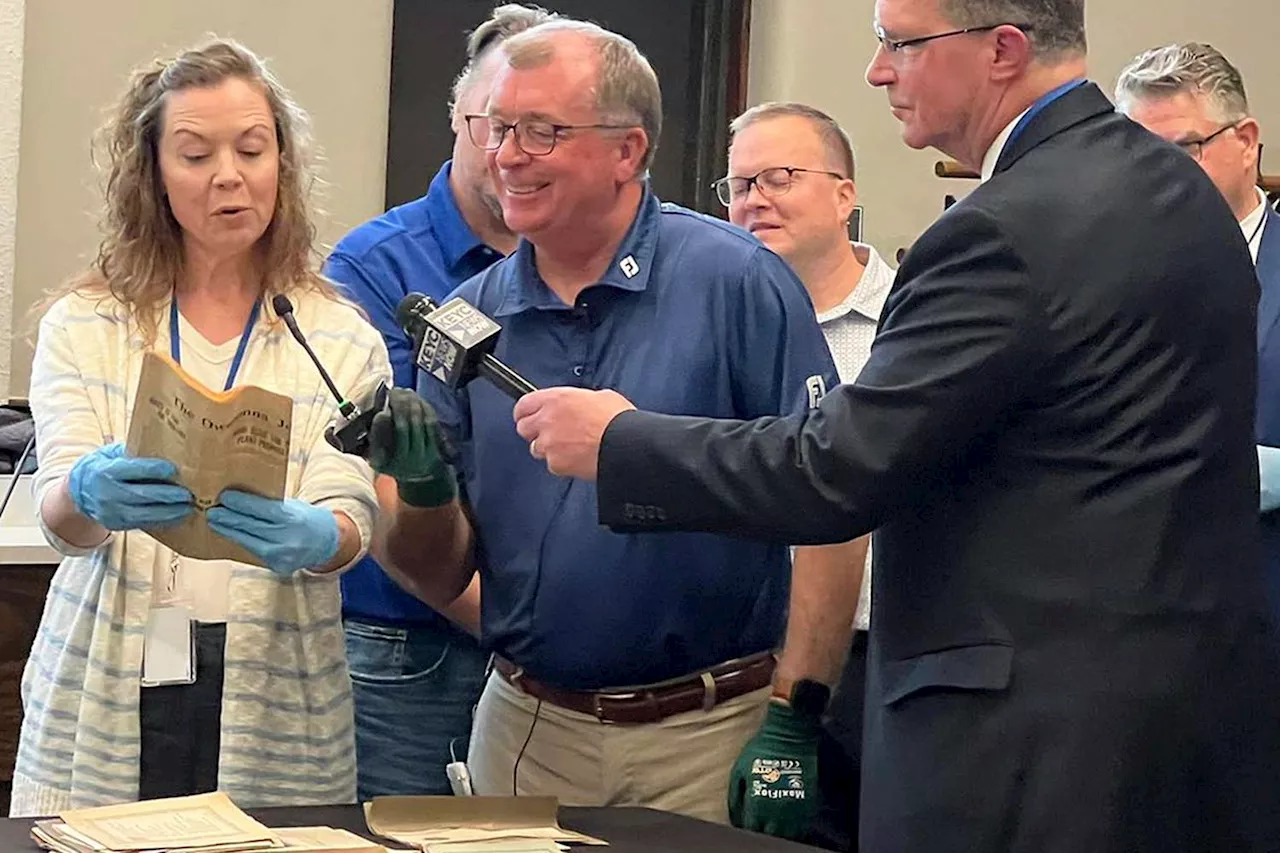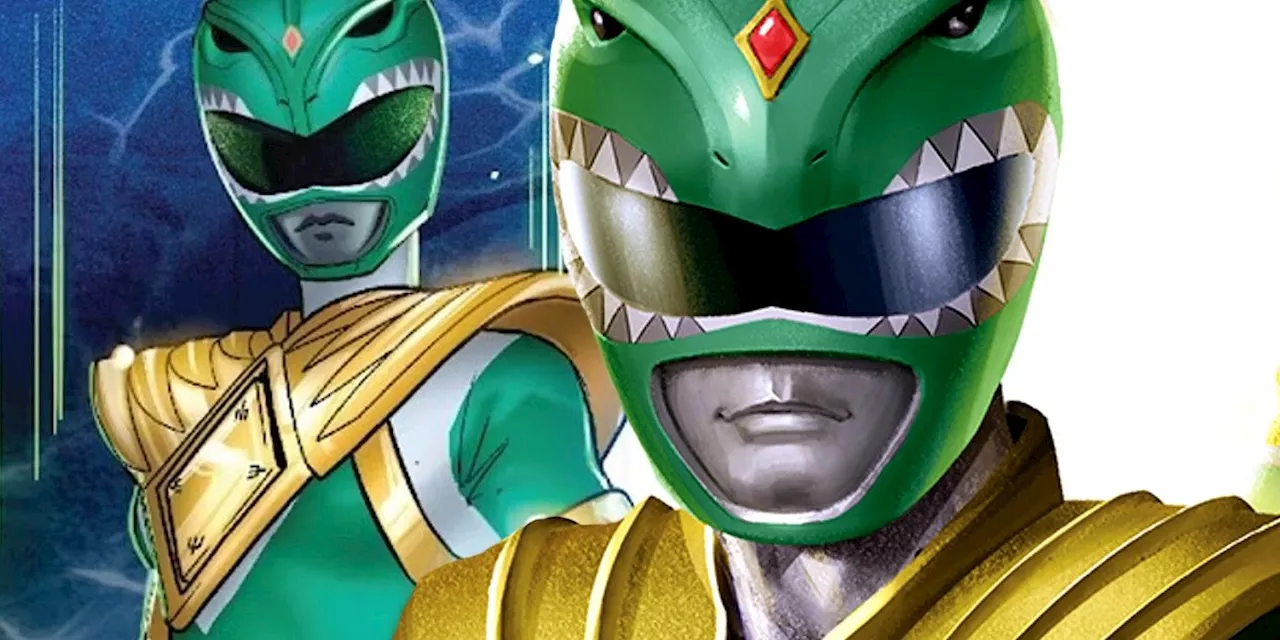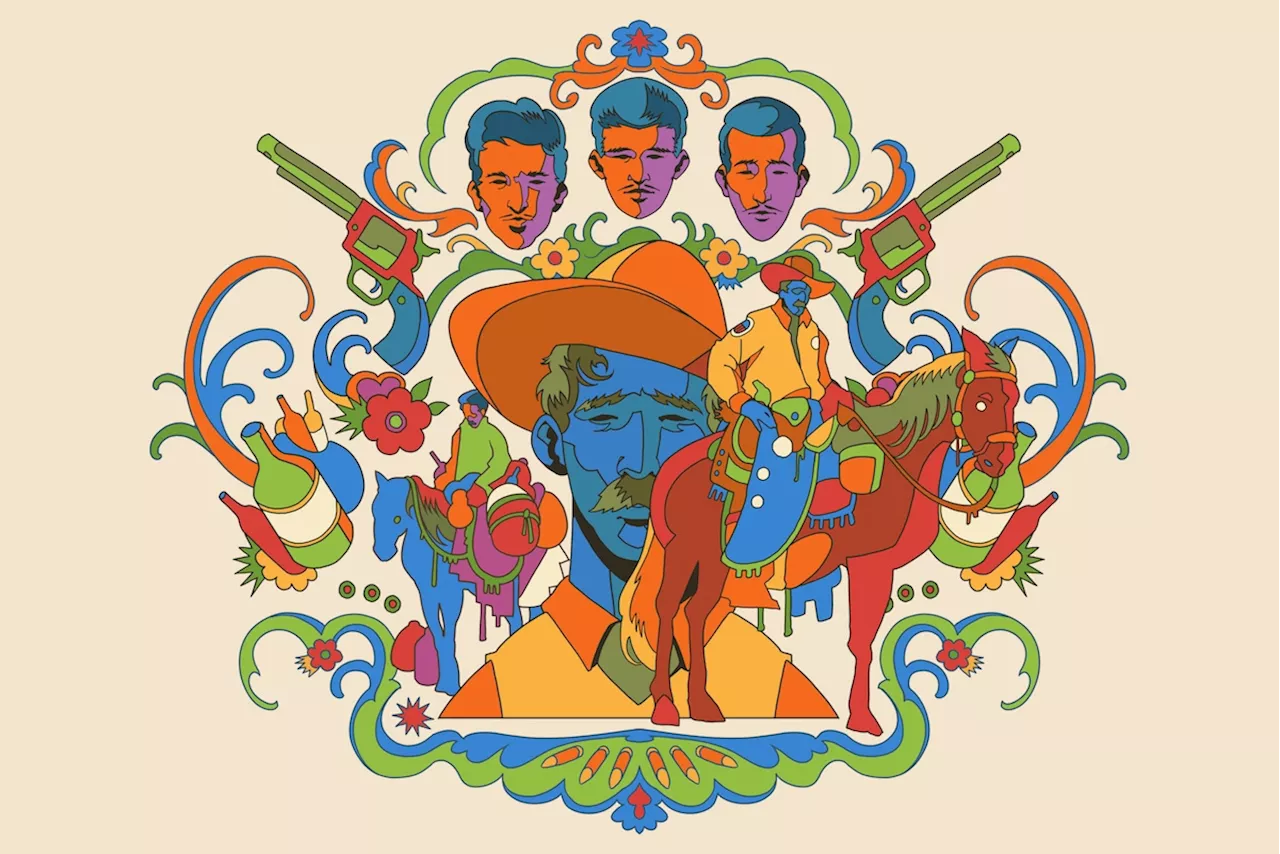A century after three Tejano men were shot to death, the story descendants tell of their killing contradicts official accounts. Whose story counts as Texas history?
Several men on their way to a wedding stopped at a corral near the Texas-Mexico border to rest and water their horses.What happened next has been debated for more than 100 years. Public records and history books tell one version of the story, while the travelers’ descendants tell another.Whose version of the story is remembered has pitted the descendants of the slain men against the Rangers and their supporters for generations.
But their indignant descendants have long disputed the official story. For generations, they recorded their version of events in narrative, subversive folk songs known as corridos. The men were among many Mexican Americans with roots in South Texas killed under suspicious circumstances by White law enforcement officers who wielded the power of the Texas government in their trigger fingers, they say.
“I believe in the long term that the truth wins out, not fiction, not happy history,” said Texas historian Walter L. Buenger, a University of Texas at Austin professor. “Truth wins out, but sometimes it’s agonizingly slow.” In the years since, Oliveira Canales has researched the history of the Rangers she blames for their deaths and collected the stories of family members and others who say they remember what happened.
More than 200 people, some of whom had flown in from Mexico and California, tearfully packed into a local courthouse for the event. A duo played the corrido that told their version of the story as people cried and laughed. That was the version of the story that Molina, who says he remembers making the call but not the specifics, confronted Oliveira Canales with, she says. The family’s story was unfair to the Rangers, who are too often cast as villains by Hispanics and some historians, he told her.
“You can’t hold the Rangers of today responsible for acts committed in the past. It was bad, but that is then but this is now,” said Molina, who co-owns a western hat store that sells the distinctive off-white cowboy hats — known as silverbelly among hat enthusiasts — that Rangers wear. The businessman has a color-coded list of members of the state’s Ranger Hall of Fame. Red is reserved for the most problematic of the venerated Rangers, such as John B. Jones, a Confederate captain and enslaver.
When he was confronted with yet another slight on the Rangers’ legacy from the descendants of the three alleged Tejano smugglers, Molina says, he pushed for proof. Treviño Gonzáles wasn’t convinced. “His point was, ‘Please don’t tarnish our glorified image of the Rangers during our bicentennial,’” she said of her conversation with Molina. “But what greater time was there to bring back these stories than now? We just need to give everybody’s version a chance and let others decide.”
The news writers left no room for doubt: The three dead men were unequivocally bootleggers. In his book, Díaz called the confrontation “the most striking example of U.S. authorities” killing a group of ethnic Mexicans and calling them smugglers.But when he referred to the men as smugglers during a public book talk in the Rio Grande Valley in 2018, he faced a thundering objection from Marianella Quiroga Franklin, the great-granddaughter of Dionisio Maldonado, one of the men killed.
In his book, he noted the discrepancies that bolster their claims: News articles about the shooting didn’t mention the confiscation of any alcohol. The men were also headed in the wrong direction, south to Mexico — smugglers were usually caught traveling into the United States with their booty, not returning the other way. Also, most smugglers valued discretion and rarely resisted authorities by firing first, his research showed.
At that time, it was not unusual for Rangers, federal agents and sheriff’s deputies to ride together or switch agencies when seeking out lawbreakers or patrolling the brushlands, according to several scholars. Some historians also say the term “rinches,” a derogatory word invoked in corridos and by South Texans, is not just an insult directed at Rangers but a catchall term for any Anglo authority with a gun and badge.
He pointed to efforts by the board to sign on to a letter asking Texas Gov. Greg Abbott to veto a bill limiting what public school teachers could teach about U.S. history and critical race theory, and another to support a community college instructor who had been fired for teaching it. “Our real objective is to teach history as truthfully and honestly as we can,” he said. “It ought to be a source of enduring inspiration in how to conduct our lives better and how to give back more fully.”
In his recent book about Ranger Capt. William Wright, McCaslin included a brief aside about an arrest the vaunted lawman made in 1921, of Crescencio Oliveira Sr., who had escaped the bullet blasts that killed his son and namesake a year earlier. Former TSHA board member Benjamin H. Johnson called Bryan’s changes to the association, and how it talks about historical facts, a “coup” to “whitewash history.” The association’s current leaders are relying on memory, not history, said Buenger, the UT Austin professor whose tenure as TSHA’s chief historian ended in 2023. Dissenting academics split from and started their own rival organization, the Alliance for Texas History.
During the Christmas holidays, when the town of 700 often swells to thousands, the story of their deaths is retold. Family members sometimes sing along to the corrido that chronicles their killing. Another of the men killed, Dionisio Maldonado, according to several descendants, was a deeply respected cattle rancher who traveled regularly between Benavides and northern Mexico for business and to visit family.
United States Latest News, United States Headlines
Similar News:You can also read news stories similar to this one that we have collected from other news sources.
 Final thoughts from Texas Rangers’ win over Tigers: Does Texas have a new closer?The Rangers’ bullpen combined to log four scoreless frames in a 1-0 win over the Detroit Tigers at Comerica Park.
Final thoughts from Texas Rangers’ win over Tigers: Does Texas have a new closer?The Rangers’ bullpen combined to log four scoreless frames in a 1-0 win over the Detroit Tigers at Comerica Park.
Read more »
 Tornado azota sala de redacción en Oklahoma construida en década de 1920; daño no detiene prensasCuando autoridades de Oklahoma y del gobierno federal realizaron una conferencia de prensa el lunes para discutir la magnitud de la devastación después de los tornados registrados dos días antes, Kathy John hizo lo que siempre hace: Se presentó para reportar sobre ello para el semanario local Sulphur Times-Democrat.
Tornado azota sala de redacción en Oklahoma construida en década de 1920; daño no detiene prensasCuando autoridades de Oklahoma y del gobierno federal realizaron una conferencia de prensa el lunes para discutir la magnitud de la devastación después de los tornados registrados dos días antes, Kathy John hizo lo que siempre hace: Se presentó para reportar sobre ello para el semanario local Sulphur Times-Democrat.
Read more »
 Time Capsule from 1920 Discovered in Minnesota High School: 'Historic Event'Owatonna High School is in the national spotlight after a “historic” time capsule from 1920 was found. Owatonna Schools Superintendent Jeff Elstad said it was a 'historic event for our community.'
Time Capsule from 1920 Discovered in Minnesota High School: 'Historic Event'Owatonna High School is in the national spotlight after a “historic” time capsule from 1920 was found. Owatonna Schools Superintendent Jeff Elstad said it was a 'historic event for our community.'
Read more »
 104-year-old time capsule found in Minnesota high school during demolitionThe capsule contained documents of the community from 1920.
104-year-old time capsule found in Minnesota high school during demolitionThe capsule contained documents of the community from 1920.
Read more »
 Power Rangers' New Green Ranger Officially Meets the '90s Originals (Spilling a Major Secret)new and original green rangers from power rangers
Power Rangers' New Green Ranger Officially Meets the '90s Originals (Spilling a Major Secret)new and original green rangers from power rangers
Read more »
 Power Rangers’ New Red Ranger Reignites A 28-Year-Old Debate The Show Never SettledThe Zeo Red, Cosmic Fury Red, and Mighty Morphin Red Rangers in Power Rangers
Power Rangers’ New Red Ranger Reignites A 28-Year-Old Debate The Show Never SettledThe Zeo Red, Cosmic Fury Red, and Mighty Morphin Red Rangers in Power Rangers
Read more »
